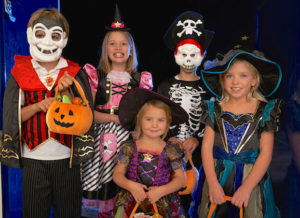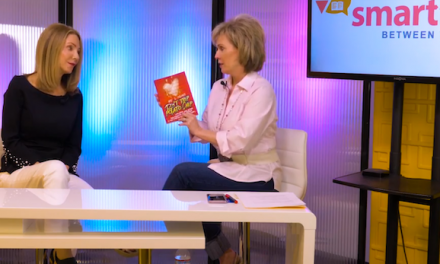The History of Halloween Candy
 As everyone gears up to go door to door trick-or-treating, you might find it interesting to learn how passing out candy became the tradition on Halloween. Originally, candy was not part of the festive October night.
As everyone gears up to go door to door trick-or-treating, you might find it interesting to learn how passing out candy became the tradition on Halloween. Originally, candy was not part of the festive October night.
Roughly 2,000 years ago the ancient Celtics celebrated Samhain on November 1. They believed on October 31 the dead returned as ghosts, so people would put out food, wine and sweets on the doorstep of their homes to ward away spirits from entering, according to History. People also wore costumes to trick the spirits, and thus began the foundation for Halloween.
During the medieval times a custom known as guising began where kids would dress up and go door to door offering songs and prayer in exchange for food or money. It wasn’t until the 1930s did trick-or-treating make its way to America and start catching on.
Traditionally, adults would have Halloween parties and the kids were basically forced to hang out amongst themselves and stay occupied.
As the adults dressed up, bobbed for apples and partied, the kids would run around the neighborhood and prank people because what else were they suppose to do on Halloween?
In the early days adults handed out goodies like fruits, nuts, and coins. Then, in the 1950s, candy companies realized the popularity of kids running around and collecting goodies on Halloween night that they started marketing candy as a cheap and easy alternative.
The candy companies started making bite-sized candy especially for trick-or-treaters and packaging the sugary treats to reflect the holiday.
However, it wasn’t until almost forty years later and a good scare did candy become the go-to treat passed out to all the neighborhood kids.
Although the trend was catching on, some people still preferred to hand out homemade goodies instead of store bought candy. That was until the Satanic panic that started in the 1970s, and lasting well into the 1990s.
People were terrified after the Charles Manson murders and the fear of Satanic cults spread. Parents were worried their children would be targeted on Halloween night by those who considered themselves Satanists.
Having prepackaged and individually wrapped treats became a huge deal when people began to worry that Halloween sadists were hiding poison and razor blades in their homemade treats. As a result, Halloween candy became the gold standard for every Halloween night thereafter.
By the 1990s it was expected that if your porch light was on that meant you had candy ready to be handed out to all the hungry and demanding trick-or-treaters. And if you didn’t, expect to pay! As the saying goes, if there are no treats, expect to be tricked!
Today, a quarter of the candy bought annually is specifically for Halloween, and Americans spend 6 billion dollars on the holiday every year.
















